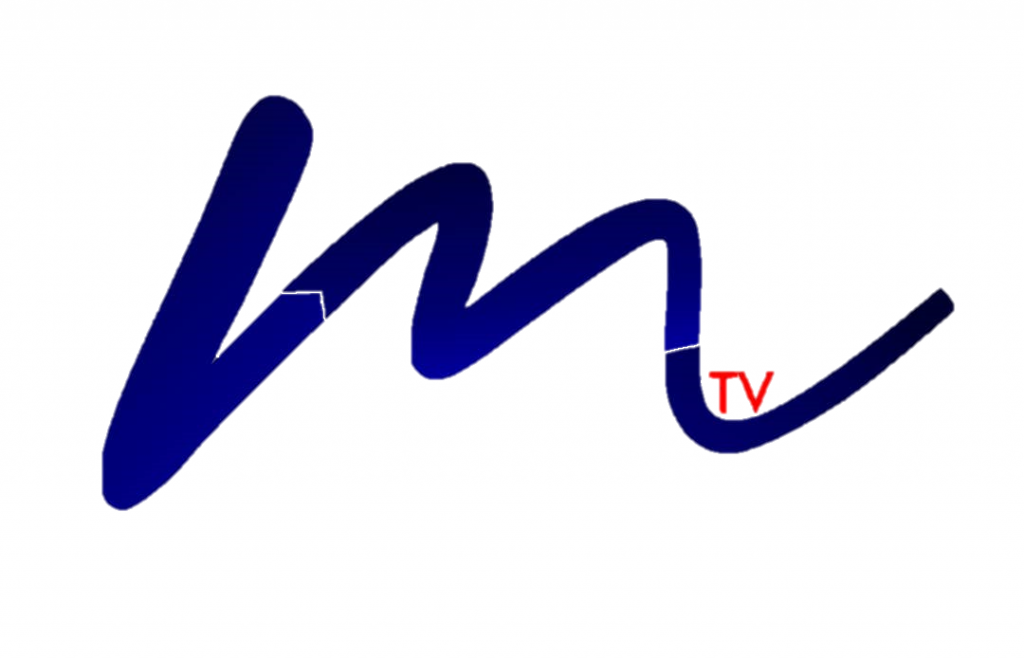Sgt. Mustapha, a renowned war hero paid a visit to his wife’s hometown in the eastern part of the country. Upon arrival, his mother-in-law served him a hot plate of white rice, beans and palm oil stew with fish.
Give a detailed analysis of the stage by stage digestion and absorption from the time of ingestion to excretion from the gastrointestinal tract


The same thing that happens to anything you eat…quick summary…food begins being digested in the mouth where it is chewed into smaller pieces and the enzyme amylase breaks down starch into simpler sugars that can be further broken down in the small intestine. About 30% of starch digestion takes place in the mouth. From there it goes to the stomach which secretes acid and powerful enzymes that continue the process of breaking down the food. From there to the small intestine which continues the breaking down process by using enzymes released from the pancreas and bile from the liver. Bile is a compound that aids in the digestion of fat and eliminates waste products from the blood. Peristalsis moves the food along and mixes it up with digestive secretions. Waste left over from the digestive process is passed through the colon and finally emptied into the rectum.
Rice is easily digestible, but sometimes people have trouble digesting beans. This is because our bodies lack the digestive enzymes to process oligosaccharides. We do have some of the enzyme, but it resides only in our stomach bacteria, and if we don’t eat beans regularly, we likely won’t have quite enough of it to digest them without trouble.
Sgt.Mustapha’s food is a combination of several classes of food ND the classes of food are digested and absorbed differently too. The rice he ate first of all would start being digested in the mouth via the action of ptyalin(salivary a- amylase) ND breaks the starchy content of the rice into maltose basically. the food is pushed via the deglutition reflex process through the pharynx and oesophagus into the stomach. In the stomach the lingual lipase (one of enzymes found in the mouth) acts on small portion about 10% of the fatty portion of the food ND splits into fatty acid ND 3 monoglycerol while the acid secretions of the stomach breaks down the protein into partially digested products like peptides ND polypetides. On entering the proximal part of the small intestine enteroendocrine glands secrets hormones like secretin,CCk etc. The secretin is secreted due to presence partially digested protein ND acidity of the chyme while Cck is secreted due to presence of fat content in the chyme,the Cck stimulates the acinar cells of the pancreas to release the pancreatic enzymes like pancreatic amylase , trypsin,chymotrypsin ND carboxypeptidase, pancreatic lipase too . The Secretin causes the liver to produce bile ND then secreted while Cck cause the gall bladder to contract ND release bile into the duodenum to breaks down the fat into smaller droplets. The pancreatic amylase does the same work of the salivary amylase, the bile helps to emulsify the fat nd then forming a micelle around them to aid their absorption,the trypsin, chymotrypsin breaks down the remaining protein to peptides ND dipeptides , while the chymotrypsin may even break them into more smaller fragments of amino acids. the contents of the chyme are den broken down finally by the intestinal enzyes, intestinal lipase,peptidases breaks down the protein product to amino acids,maltase, alpha dextrinase,lactase and sucrase into glucose primarily ND other products like fructose too. These products gets to the brush border of the small intestine ND then by secondary active transport the glucose and amino acids are transported into the into the cell ND then to the blood ND thus circulated ,I think via the portal vein, fructose is absorbed passively.the fatty acid and monoglycerol at the center of micelle are release into the brush border ND then the are absorbed into the cell.in the ER this is then converted back to triglycerides ND incorporated into chylomicrons ND via the thoracic ducts gets into the circulation,small chain fatty don’t undergo this process though,they are transported directly via lymphatics into the circulation.
🙇🙇🙇🙇
Nice one